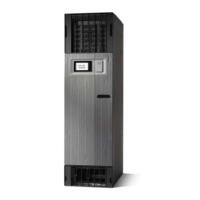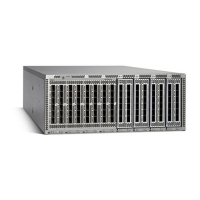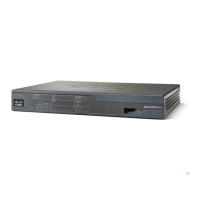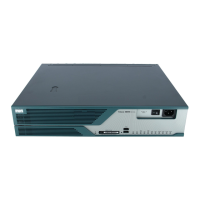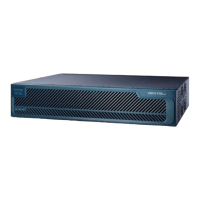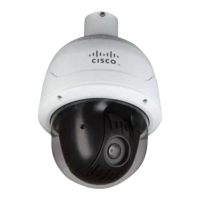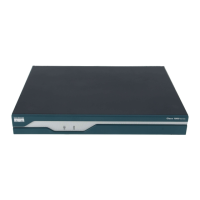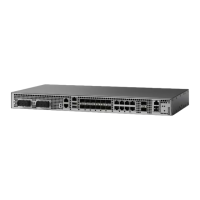Table 5: Relationship Between duplex and speed Commands
Resulting System Actionspeed Commandduplex Command
Auto-negotiates both speed and duplex modes.no speedno duplex
Auto-negotiates for duplex mode and forces 1000 Mbps.speed 1000no duplex
Auto-negotiates for duplex mode and forces 100 Mbps.speed 100no duplex
Auto-negotiates for duplex mode and forces 10 Mbps.speed 10no duplex
Forces full duplex and auto-negotiates for speed.no speedfull-duplex
Forces full duplex and 1000 Mbps.speed 1000full-duplex
Forces full duplex and 100 Mbps.speed 100full-duplex
Forces full duplex and 10 Mbps.speed 10full-duplex
Forces half duplex and auto-negotiates for speed.no speedhalf-duplex
Forces half duplex and 1000 Mbps.speed 1000half-duplex
Forces half duplex and 100 Mbps.speed 100half-duplex
Forces half duplex and 10 Mbps.speed 10half-duplex
Link Layer Discovery Protocol (LLDP)
The Cisco Discovery Protocol (CDP) is a device discovery protocol that runs over Layer 2 (the Data Link
layer) on all Cisco-manufactured devices (routers, bridges, access servers, and switches). CDP allows network
management applications to automatically discover, and acquire knowledge about, other Cisco devices
connected to the network.
To support non-Cisco devices, and to allow for interoperability between other devices, the Cisco NCS 6000
Series Router also supports the IEEE 802.1AB Link Layer Discovery Protocol (LLDP).
LLDP is a neighbor discovery protocol that is used by network devices to advertise information about
themselves, to other devices on the network. This protocol runs over the Data Link Layer, which permits two
systems, running different network layer protocols, to learn about each other.
LLDP supports a set of attributes that it uses to learn information about neighbor devices. These attributes
have a defined format that is known as a Type-Length-Value (TLV). LLDP supported devices can use TLVs
to receive and send information to their neighbors. Details such as configuration information, device capabilities,
and device identities can be advertised using this protocol.
In addition to mandatory TLVs (Chassis ID, Port ID, and Time-to-Live), the router also supports these basic
management TLVs that are optional:
• Port Description
• System Name
• System Description
• System Capabilities
• Management Address
Interface and Hardware Component Configuration Guide for Cisco NCS 6000 Series Routers, IOS XR Release 6.4.x
30
Configuring Ethernet Interfaces
Link Layer Discovery Protocol (LLDP)
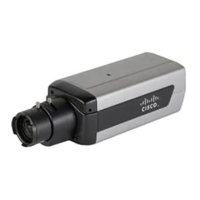
